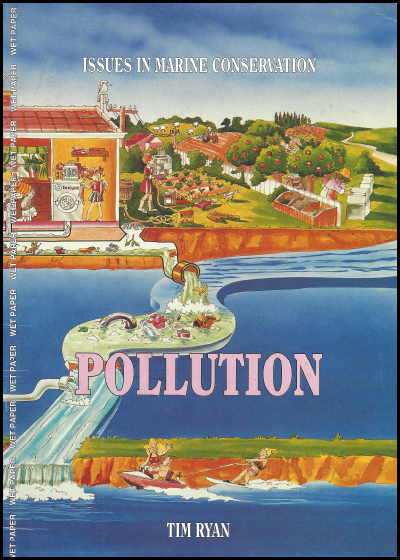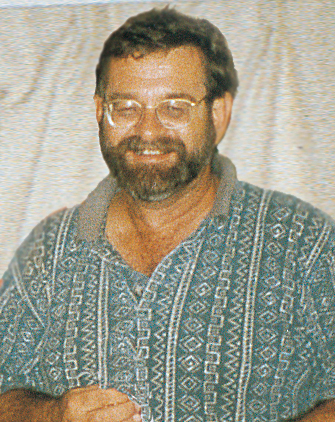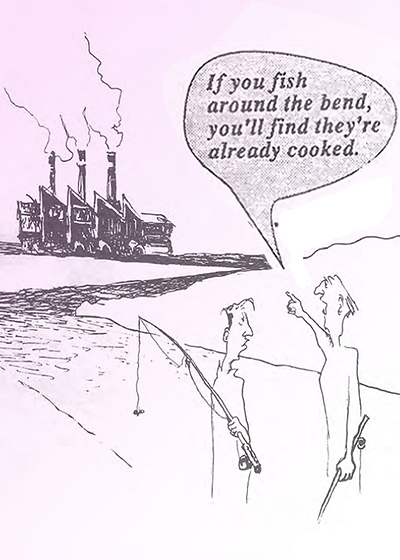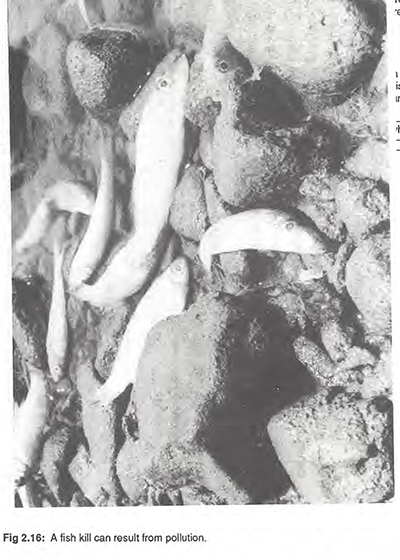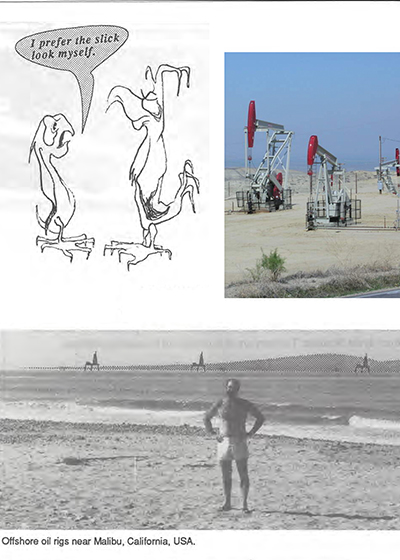Pollution - Issues in conservation

ISBN : 1 86283 033 9
Published Date : 01 June 1989
Product Code : F 55P 1989
Format : Free PDF for download
By Tim Ryan
Wet Paper publications non-commercial school licence
The publisher and author/s of this pdf file grant to the school a revocable, non-exclusive, non-transferable right and licence to use the content, exercises, lab and field work lesson notes within the school for educational purposes only.
Yearly record keeping
To ensure fair payment is made to collecting societies, educational institutions are to record the digital ISBN above.
- To do this go to the school office and ask the IT department or whoever looks after digital book licences to record the ISBN in the school digital library licence catalogue.
Copyright
Except as permitted by the Copyright Act 1968 (Cth), you may not reproduce any of the contents of this publication, without the written permission of the copyright owner.
The title to, and intellectual property rests with the publisher's author/s, illustrators, photographers and design consultants and nothing in the agreement should be construed as transferring those rights to the school.
Educational exemption
There are exemptions under the Act that allow educational and government use of text, images and music scores for educational purposes.
These exemptions are in Part VB of the Copyright Act 1968 (Cth), where you are entitled to reproduce or communicate 10% of the words or one chapter from this file for educational use within your school. If you wish to reproduce or communicate MORE than 10% contact the copyright owner.
For more information, see www.copyright.com.au and www.copyright.org.au.
Teachers Information
This book was developed to heighten the awareness of the human impact on our environment. It is hoped that the need to conserve and preserve our resources is highlighted. The lay person, secondary school students and university students need to be conscious of basic information to become informed, conservationally minded citizens.
Tim Writes
"....
Australians rely on the sea for travel, for food, for minerals and energy, as well as being a source of pleasure, Many of us enjoy surfing, sailing, fishing, swimming and other recreational activities directly related Lo the sea. Structures such as the Great Barrier Reef and huge sand islands attract thousands of people each year and generate millions of dollars worth of business. If the sea is to continue to provide these needs we will have to maintain it in its present usable and wondrous form.
To embark on.a conservation program we first of all need to know what we are going to conserve. We should know about the different types of plants and animals in the waters, how they are distributed and how they affect each other. No organism lives alone -each has its own place in a food chain, in the cycling of nutrients, and in relationships with other animals and plants. A major prerequisite for conservationists and environmental managers is LO fully understand nature's complexities through painstaking research.
This book endeavours to illustrate the fragile nature of our seas and oceans and how humans can alter the delicate balance. It notes the effect and sources of the many forms of pollution from our wasteful society. Environmental issues continually make the headlines in news bulletins, in many cases giving evidence of new areas being polluted and reminding us of our responsibilities.
The book, as well as presenting a balanced view of the repercussions associated with the technology of modem society, suggests solutions to these dilemmas. Some of these solutions arc already being implemented in some form, while others are in the developmental stage."
Contents
Chapter 1: BALANCE IN NATURE
Food and Energy in the Ecosystem Nutrient Cycles
Exploitation
New Competitors
Protected Species
Conservation of the Sea
Specific Conservation Issues
Reef Conservation
Tourism
Wetland Destruction
Urban and Agricultural Ecosystems Student Activities
Chapter 2 A WASTEFUL SOCIETY
Pollution -Who causes it?
- Human and other Domestic Wastes
- Industry
- Agriculture
- Radioactive Waste
- Oil
- Mining Industry ...
- Construction Sites, Quarries and Roads
- Accidents
- Wars
- Natural
Student Activities
CHAPTER 3 TURNING THE TIDE OF POLLUTION
Assessing Water Quality
Biological Tests
Chemical and Physical Tests
Locating lhe Source and Cause of the Problem Curing the Problem -Waste Disposal
Treatment
Dispersal
Reducing Wastes
Renewable and Non-renewable Resources
How can you help?
Student Activities
INDEX


